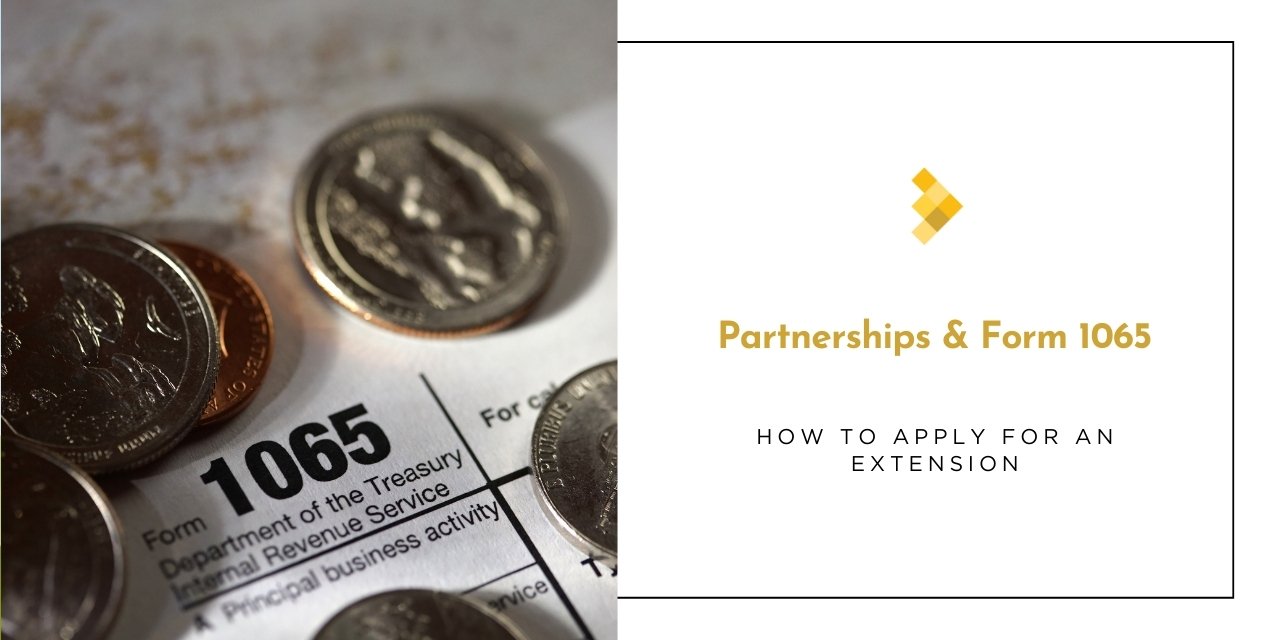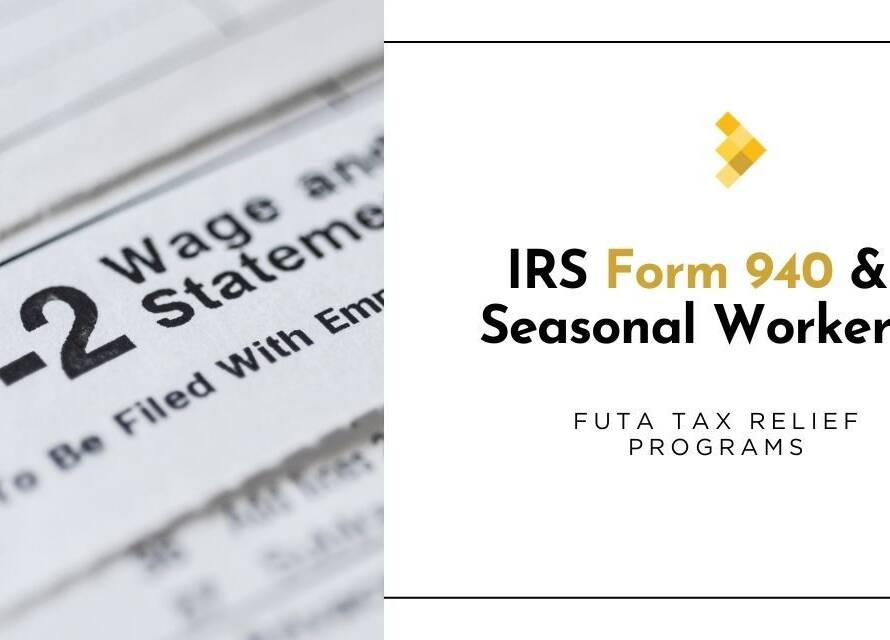Rushing a partnership return increases the risk of errors. If your Form 1065 isn’t ready, an extension is a practical way to ensure accuracy and avoid penalties.
The IRS allows partnerships to request an extension for their annual return, but it’s not automatic. It is essential to submit Form 7004 accurately and within the designated timeframe to prevent penalties and ensure compliance with regulatory requirements. Requesting a Form 1065 extension allows your partnership more time to file without worrying about late-filing penalties.
This guide covers everything you need to know, including: IRS deadlines, filing requirements, and a clear step-by-step process to request a partnership extension.
What Is Form 1065 and Who Needs to File It?
Form 1065 is a tax form that partnerships must file each year with the IRS to report their income, expenses, and other financial information. While the partnership itself doesn’t pay income tax, it still needs to file this form to show how profits or losses are split among partners. A Form 1065 extension can be helpful if your reporting isn’t finalized yet.
Each partner gets a Schedule K-1, which shows their share of the partnership’s income or loss. They use this K-1 when filing their own personal or business tax returns.
You must file Form 1065 if:
• You operate a domestic partnership, including multi-member LLCs treated as partnerships
• Your business had any income, deductions, or credits during the year
• You are a foreign partnership with U.S. source income
IRS instructions for Form 1065 provide clear eligibility criteria and step-by-step filing instructions. If needed, make sure to apply for a Form 1065 extension before the deadline to stay compliant.
What Is the Filing Deadline for Form 1065?
Partnerships are required to submit their tax filings by March 15 of the year following the applicable tax year.
If March 15 is on a weekend or a federal holiday, the due date moves to the next business day.
This deadline applies to both:
• Filing Form 1065 with the IRS
• Distributing all Schedule K-1s to partners
Missing this date can result in penalties, even if the partnership owes no tax. A Form 1065 Extension filed on time can help avoid costly issues. For businesses comparing partnership and S corporation filing requirements, understanding Form 1065 vs. Form 1120-S can help ensure both entities meet their respective deadlines.
How long does a form 1065 extension give you?
Filing Form 7004 on time gives you an automatic six-month extension to submit your return. This moves your due date to September 15 (or the next business day if that falls on a weekend or holiday).
It’s important to understand that this is an extension to file, not to pay. If the IRS later determines there are underreported amounts or late K-1 distributions, penalties may still apply.
IRS Updates for Partnerships
As the IRS continues to modernize its systems and improve compliance, here are a few key developments to be aware of when filing your Form 1065 extension:
• Mandatory e-Filing: If your partnership has 100 or more partners, electronic filing is required. Smaller partnerships are encouraged to e-file for faster processing.
• Digital Signatures Accepted: The IRS has made permanent its policy of accepting digital signatures on Forms 1065 and 7004, which simplifies the filing process for remote teams and distributed partnerships.
• Increased Audit Focus: The IRS continues to focus on high-volume partnerships, especially those with multi-tiered ownership structures, foreign investments, or large deductions. Timely and accurate filing, including extensions, is a key part of audit risk management.
How to File a Form 1065 Extension (Step-by-Step)
Step 1: Confirm You Need an Extension
If your partnership’s accounting is incomplete or you need more time to review allocations and finalize K-1s, it’s better to request an extension than file inaccurate data. Filing incomplete or incorrect returns can lead to IRS correspondence, amended filings, or higher penalties.
Step 2: Access Form 7004
Download the latest version from the IRS forms library or use authorized e-file providers to submit it electronically.
Step 3: Complete the Form Accurately
Here’s what you’ll need:
• Official business name and EIN (Employer Identification Number)
• Mailing address as registered with the IRS
• Form code: For partnerships filing Form 1065, enter Code 09 in Part I
• Estimate of total tax liability (for most partnerships, this is $0)
Be sure to sign and date the form before submission. Even though partnerships are pass-through entities, the IRS still requires a valid filing for record-keeping and compliance purposes. You must complete this step properly to receive a valid Form 1065 extension.
Step 4: Submit the Form by the Original Deadline
It is important to submit Form 7004 by the original due date of March 15 or by the extended due date. Filing even one day late may result in the IRS rejecting the Form 1065 extension.
You can:
• E-file through an IRS-approved provider
• Mail it to the appropriate IRS address listed on where to File Form 7004
Always keep a copy of your submission confirmation or certified mail receipt. The IRS does not issue separate approval notices; you are only contacted if something is wrong.
What Happens After Filing?
If the IRS approves your Form 1065 extension, your new due date will be September 15 or the adjusted date. This includes:
• Filing Form 1065 with the IRS
• Issuing all Schedule K-1s to partners
There’s no additional paperwork or approval needed unless the IRS contacts you. If you e-filed, your tax software or provider should confirm receipt.
Penalties for Missing the Deadline
Missing the filing deadline can be costly. The IRS charges a $235 penalty for each partner, per month, for up to 12 months. So, if you have five partners and file three months late, the penalty could reach $3,525.
Penalties can apply if:
• You miss the original or extended deadline
• K-1s are not issued on time
• The return is incomplete or unsigned
Refer to Form 1065 instructions for the latest penalty guidelines.
Common Mistakes to Avoid
Here are some of the most frequent errors that cause Form 1065 extension to fail or result in penalties:
• Using the wrong form code (It must be Code 09 for Form 1065)
• Missing the March 15 deadline by assuming the IRS grants automatic extensions regardless of date
• Failing to distribute K-1s by the extended deadline
• Not saving confirmation of your e-file or mailing receipt
Even if the return itself isn’t ready, it’s better to file Form 7004 and buy yourself time than risk filing in late without protection.
Final Thoughts
Form 1065 is one of the most important compliances documents your partnership will file each year. If you can’t make the original deadline, file Form 1065 extension via Form 7004 before March 15.
Use the extra six months wisely: finalize your accounting, verify partner allocations, and make sure all K-1s are correct before distributing. The IRS rewards accuracy, not speed.
Need Help Filing Your Partnership Extension?
We help partnerships across industries file accurate, timely tax returns; starting with a simplified extension process. If you need help submitting Form 7004, issuing partner K-1s, or managing your financial records, our experienced team is here to guide you every step of the way.
To ensure compliance, avoid penalties, and file your partnership return with confidence, book a free consultation today






5 Comments
Payal Khandelwal
Informative and useful.
Ankit
Very Informative
Vimal Sharma
Glad you found it helpful.
Parul
Knowledgable.
Priyanka Verma
Great post👍